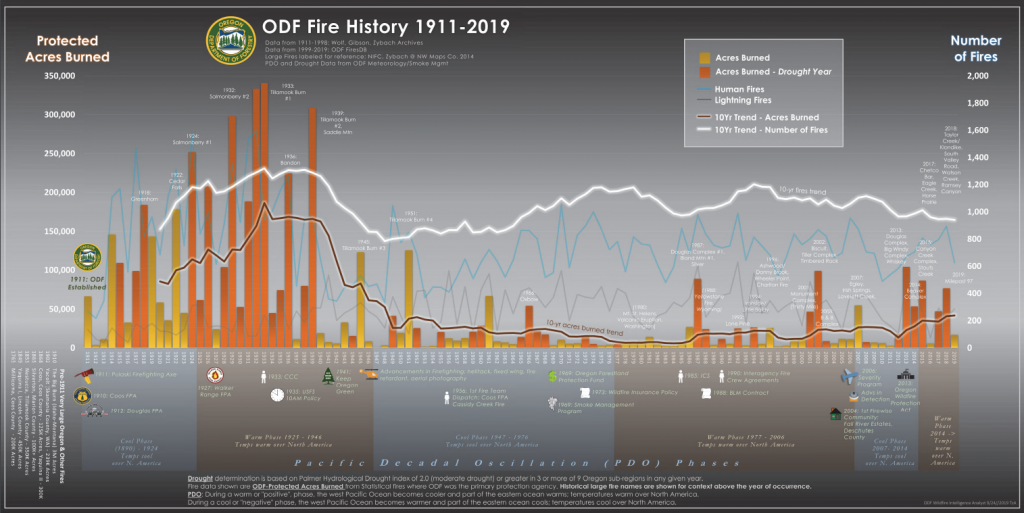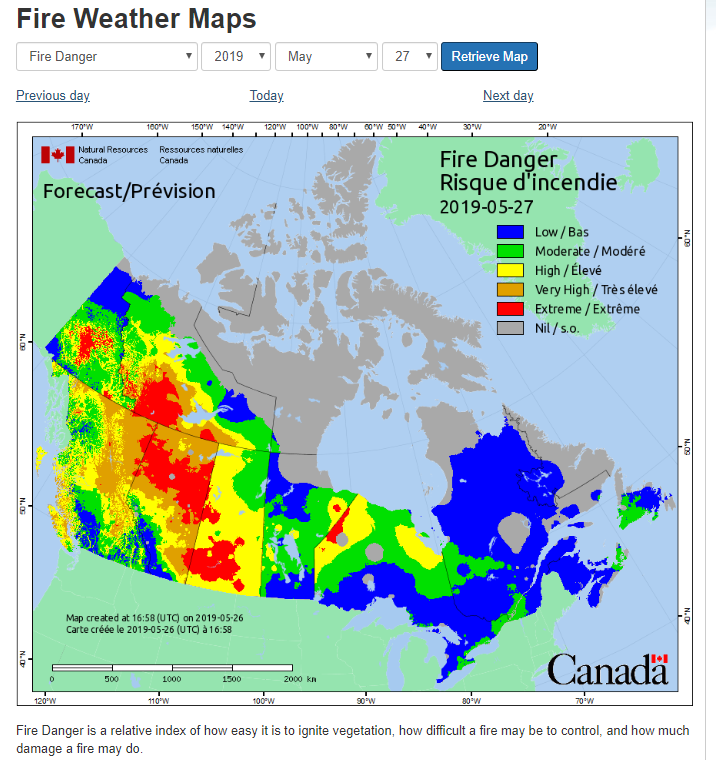There was a story about us in SLATE recently.
Some people say that dissenting views on climate change or the ‘climate crisis’ are not legitimate because they never appear in the mainstream press. Few people understand the lock-out mentality of journalists and publishers. Here’s a recent example.
On Oct. 1, 2020, we got a press request about various tweets of ours that challenged the claims of climate change as the driver of the California and Oregon wildfires. The journo said she was a freelance science writer doing an article for SLATE…Her bio showed she had written for many prestigious magazines.
So, we optimistically sent along a plethora of scientific information on wildfires to the science writer journalist, and boldly included a plea that she also push SLATE to use its media platform for the public good.
Here’s our email to her. You can compare the information that we sent to the science journalist in the email below, with what was published in the article in SLATE.
Hi ,
Thanks for your email, sorry for the delayed response – your message had bounced into spam.
1) RE: Wildfires
Human-wildland interface and humans are the largest source of wildfire starts – whether negligence, accident, intention or power lines sparking branches (i.e. human infrastructure being the cause of the start of the wildfire). Thanks for letting us know the ScarsdaleAntifa tweet was suspended and for sending along that Politifact story.
As shown in the chart here, humans are a larger cause of wildfires in Oregon than lightning. (also attached as a png).

Regarding the map in the tweet showing that wildfires ‘stopped’ at the border, Canada had a very LOW wildfire season this year, mostly due to climatic conditions and, ironically, the COVID lockdowns. Hundreds of wildfires in BC and Alberta in recent years have been started by humans. The Slave Lake wildfire of 2011 in Alberta was arson. This year it was very quiet.
https://notalotofpeopleknowthat.wordpress.com/2020/09/27/canada-wildfires-at-lowest-level-for-years/
Attached are two fire risk maps for you to compare – one being that of Sept 2019 and that of May 5, 2016 when the Fort McMurray wildfire took off. These fire risk dangers sometimes fluctuate on a daily basis. You can see the live and historical maps here: https://cwfis.cfs.nrcan.gc.ca/maps/fw


2) RE: Tweets critical of California Governor Gavin Newsom or others on the role of climate change in the US West Coast Fires
We work closely with forestry experts on these matters. It is a shame that billions of dollars are being diverted to chase the carbon dioxide molecule and climate change, when real, practical mitigations could better protect people in these extreme wildfire risk areas. California is a desertified area and as described in “The Great Warming” by Brian Fagan (commenting on the work of Scott Stines), has been subject to 100 and 200 year droughts. Attached a screenshot and peer-reviewed paper from Stephens work on prehistoric wildfires in the California region.
Take note of what Stephens et al states in their abstract:
“The idea that US wildfire area of approximately two million ha annually is extreme is certainly a 20th or 21st century perspective. Skies were likely smoky much of the summer and fall in California during the prehistoric period. Increasing the spatial extent of fire in California is an important management objective. The best methods to significantly increase the area burned is to increase the use of wildland fire use (WFU) and appropriate management response (AMR) suppression fire in remote areas. Political support for increased use of WFU and AMR needs to occur at local, state, and federal levels because increasing the spatial scale of fire will increase smoke and inevitability, a few WFU or AMR fires will escape their predefined boundaries.”
Seems that wildfire is a seasonal norm in California – people are now at risk for not recognizing that this is a fact of life there as is winter snow in New York City.
a) Mason et al (2006) discusses the cost-benefit of managing forest fuel loads to reduce the magnitude and threat of wildfire (screenshot and peer reviewed paper attached)

b) About 90% of wildfires in California are started by humans.
From our wildfire/forestry expert:
What happens after a warm, wet winter in California? You get a huge explosion of herbaceous vegetation. Vegetation that cures quickly and remains standing.
This results in fuel loads that are triple for these sites – remember that fire intensity is proportional to the amount of fuel and that the head fire intensity (heat) is a function of the fourth power of biomass..
What is even worse is that this fuel remains standing cured – this is known as cribbing. Cribbing creates an air-rich fuel bed that is prone to high probability of ignition and extremely rapid, such as 3 meter tall mustard. (see attached screenshot of person hiking through same).

A spark that lights a fire when the Santa Ana winds blow will send ember storms miles and miles away.
https://www.independent.co.uk/news/world/americas/california-wildfires-cause-wasp-nest-ranch-glenn-kile-investigation-a8954741.html
c) This very sad editorial on the Camp Fire from the Enterprise-Record shows that people living in extreme fire risk areas are often aware of the risk and do not mobilize their communities or county/state legislature to address it.
https://www.chicoer.com/2018/11/17/editorial-camp-fire-the-tragedy-we-were-all-warned-about/?fbclid=IwAR0FN2gbQHofavnd4bggoiVa2MSWyvV3kbiDnlWEoX8exiCwN6msOFJ1cxg
d) Attached is the map from CalFire of Extreme Fire Risk areas. Due to high housing prices and urban chaos (i.e. homelessness) many people are moving into these extreme high risk areas – but there is no simple 911 call there for wildfires. Also attached is a Google maps photo of Paradise ‘before’. There you can see that CalFire’s minimum 100 ft guidelines on clearing trees from houses and power lines (screenshot attached) were sadly not being observed.


e) It would be worthwhile if the influential SLATE would help people protect themselves, their property and neighbours by promoting the information provided by National Fire Protection Association: https://www.nfpa.org/Public-Education/Fire-causes-and-risks/Wildfire/Wildfire-safety-tips and FIREWISE: https://www.nfpa.org/Public-Education/Fire-causes-and-risks/Wildfire/Firewise-USA
f) Both Facebook and Poynter Institute have blocked information about the role of fuel load and human negligence/arson in Australian wildfires (which parallel the causes in California). This puts people more at risk as there is clear evidence that both fuel load and human elements can be mitigated and the public should know that, rather than being terrified about climate change when other practical things can be done to prevent/mitigate wildfires.
https://blog.friendsofscience.org/2020/01/13/an-open-letter-to-poynter-institute-and-facebook-fuel-and-poor-forest-management-is-the-main-factor-in-australian-wildfires-not-human-caused-climate-change/
g) Video: https://youtu.be/wP1AH-jGlO4
3) Qanon retweets – as with any random account, we sometimes retweet things we think might interest our followers. We also retweet cartoons.
4) Friends of Science has about 800 member/subscribers (not corporations). We are a non-profit society that runs on volunteer power and a handful of contracted services. (Non-profits in Canada are not allowed to issue tax receipts, so we are not tax subsidized like the big ENGOs). Our budget is about $150K/yr from our member/subscribers and their donations. Average donation is less than $500.
RE: Fossil-fuel funding claims: In 2015, Ecojustice launched an inquiry into Friends of Science Society’s funding via the Competition Bureau of Canada on behalf of six high profile climate activists. They alleged that we were a proxy for the fossil fuel industries and that we had ‘deep pockets’ behind us and ran coordinated campaigns with other groups. The Competition Bureau has the most sweeping powers of investigation in Canada. They did not find such evidence.
5) You can compare who has the big money and influence, and who is funding them, in this report. https://blog.friendsofscience.org/wp-content/uploads/2019/02/Big-Green-Money-NO-vs-PRO-FINAL-RevB-FEB-12-2019-2.pdf
Also worth looking at Nisbet’s work:
https://web.northeastern.edu/matthewnisbet/wp-content/uploads/2018/05/Nisbet2018_ClimatePhilanthropy_WIREsClimateChange_Final.pdf
Hope that answers your questions. Feel free to ask for anything more.
Have a great weekend.
Michelle Stirling
Communications Manager
Editor’s note: The links to the BC wildfires and Slave Lake wildfire and the book “The Great Warming” were added to this version of the email for the edification and reference of readers and were not in the original email to the journalist. In the video, we refer to a CalFire graph which was not sent in the original email to the journalist.

That was a great post and also video featuring Michelle. It really is sad that so much of the media is complicit in spreading lies to help feed a narrative that is so obviously unsupportable by proper science. The only reason I can find for such behavior is that there is some advantage to them (the media), most likely monetary. The other sad fact is that so many people (vast majority) are so ignorant in the domain of science. That fact helps feed the misinformation which we see on a daily basis on so many fronts. I only dabble in climate change . I spend most of my free time on the issue of human nutrition. The exact same effects happen in this forum. The lies abound driven by big pharma and big food, our universities, and even our governments, and most folks don’t know enough to see through them. Anyway, thanks to the FOS group for doing what you do.
Good Job!